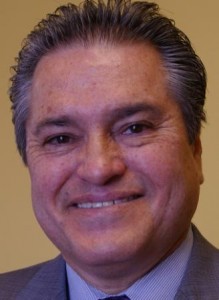The last few years have been a bumpy ride for many small businesses. Sales may have slumped. Costs could have gone up. Small business owners have weathered this economic storm with a courageous combination of resilience, creativity, clarity and passion. Those who have been able to keep their doors open understand that important fundamentals about how to manage money in a small business are as true today as they’ve ever been.
Financial institutions do not want saddle people with loan payments they cannot afford. Community-based lending organizations, such as ACCION New Mexico •Arizona •Colorado, are in the business of helping people understand their financial health and providing access to healthy business credit.
That credit is a tool, and like all tools, performance must support its cost. Lenders do not want credit to become overwhelming and prevent a small business from reaching its goals. Continue reading








